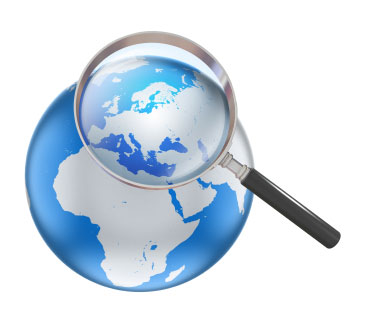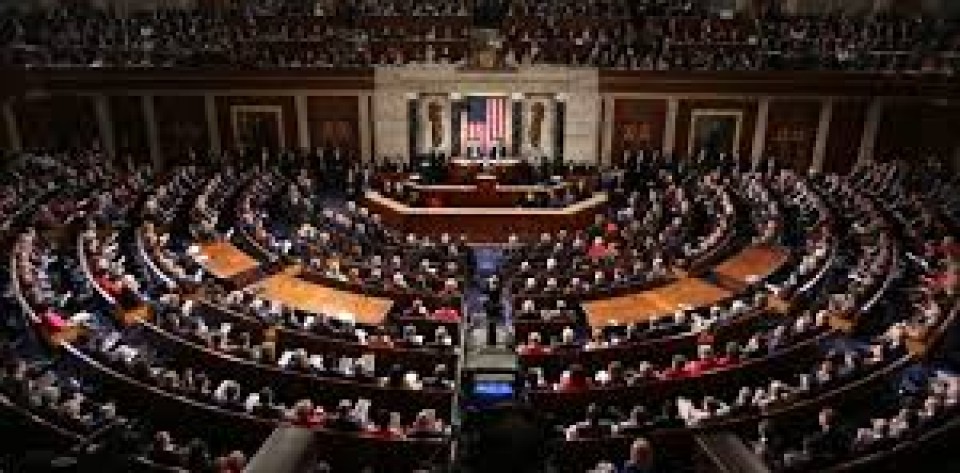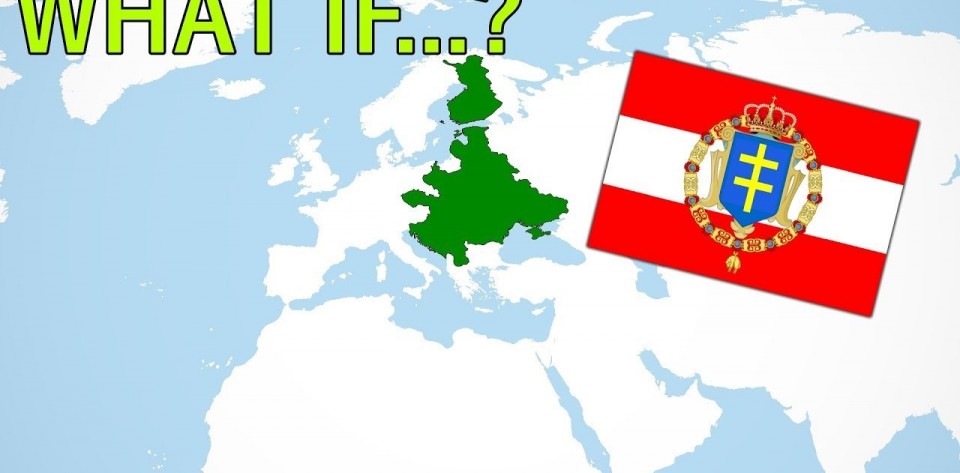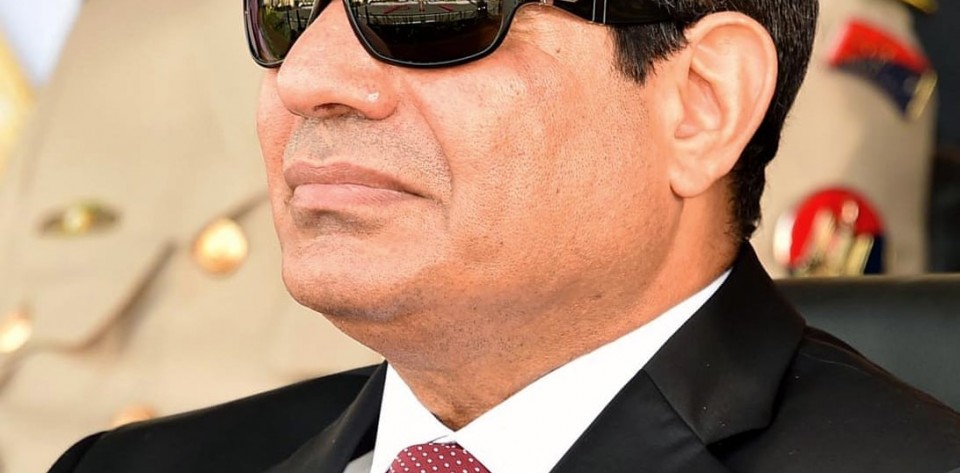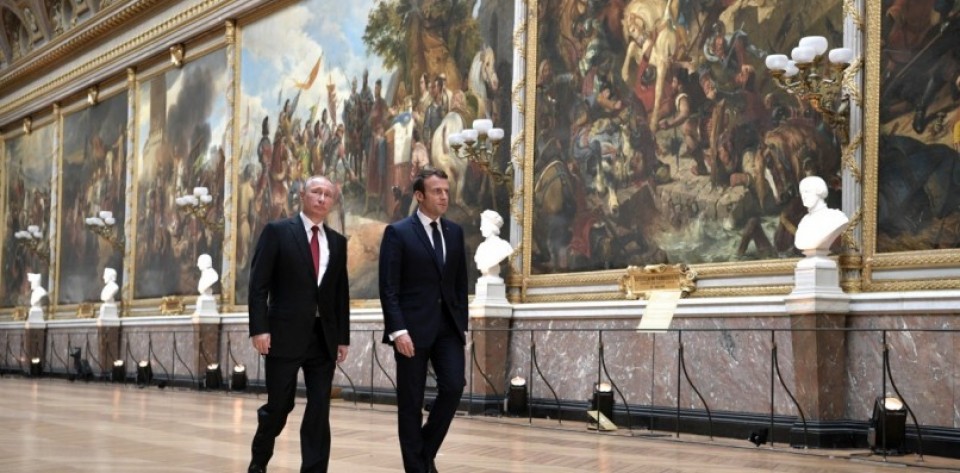The economy of Warsaw is the sixth largest in the European Union (EU) and the largest among the former Eastern Bloc members of the EU. Since 1990, Poland has pursued a policy of economic liberalization. As of 2019 the Polish economy has been growing steadily for the past 28 years, a record high in the EU and only surpassed by Australia in the world economy. GDP per capita at purchasing power parity has grown on average by 6% p.a. over the last 20 years, the most impressive performance in Central Europe resulting in the country increasing its GDP seven-fold since 1990.
Poland has a highly diverse economy that ranks 21st in the 2017 Economic Complexity Index. The largest component of its economy is the service sector (62.3.%), followed by industry (34.2%) and agriculture (3.5%). With the economic reform of 1989 the Polish external debt increased from $42.2 billion in 1989 to $290 billion in 2019. Poland shipped US$223 billion worth of goods around the globe in 2017, while exports increased to US$212 billion resulting in a negative trade balance of $11 billion. The country's top export goods include machinery, electronic equipment, vehicles, furniture, and plastics.
Polish national strategy pivots around a single, existential issue: how to preserve its national identity and independence. Located on the oft-invaded North European Plain, Poland's existence is heavily susceptible to the moves of major Eurasian powers. Therefore, Poland has deep mistrust to not only to Russia but also Germany. Before emerging once again, Poland chooses to be unpredictable before emerging once again.
It was 17th century when Poland stretched from Baltic Sea to almost Black Sea. By 1795, it had been divided into three emerging powers, Prussia, Russia and Austria. It gained independence until after World War I. Then it started to fight with Russia for its independence. However, then it was invaded by Germany in 1939. Following World War II, it was dominated by Soviets until 1989.
Due to history, Poland understand that they must retain its independence and avoid foreign occupation. Therefore, economic and cultural issues shall always be aligned to this root issue. Therefore, security is paramount concern to Poland at first place.
Poland assumes NATO and EU are reliable institutions against Russia if it chooses to be aggressive. However, Poland has come to understanding like Turkey that NATO is not reliable since Europeans depend on Americans. So, Poland shifts its attention to US as “If so, why Poland needs EU and NATO reliance but better not to develop independent security relations with United States since EU is not a military institution”.
For Poland, Germany emerging economy is not problem but increasing economic ties with Russia is great concern. Poland has not much power to create relationship with Germany and Russia and contain Russian aggressiveness threat. Therefore, it needs an guarantor or protector and that is United States.
For United States as global maturing power, it is essential that the regional disputes are sorted in its natural environment. However, United States will not leave Poland alone against Russia.
Therefore, Poland involvement in Ukraine is strategically sound – a buffer secures eastern border. Geopolitic Compass starts viewing Poland interest in land privatization. On March 30 and 31, the Ukrainian Parliament finally delivered on two crucial issues set as preconditions by the International Monetary Fund in order for the country to receive financial support of up to $8 billion to help offset the effects of the coronavirus pandemic and its devastating impact on Ukraine’s fragile economy.
After his election victories in 2019, President Volodymyr Zelenskyy confirmed that his Servant of the People party, which won a majority of the seats in the Rada, intended to lift the moratorium and permit the privatization of land. But, somewhat unexpectedly, opposition to this commitment to open up the country’s land market became, in effect, the major rallying point for all of the faction’s opponents in the Ver¬khovna Rada, ranging from Mr. Poroshen¬ko’s European Solidarity, Yulia Tymo¬shenko’s Batkivshchyna and Sviato¬slav Vakarchuk’s Holos, to the pro-Russian Opposition Platform – For Life.
Despite many oppositions within Ukraine, this has been creating enormous advantages for Poland. In Ukraine, the regulatory monetary assessment for one hectare of land is estimated at $1,200. For comparison, in neighboring Poland, the assessment is $10,101; in Hungary $4,642; and in Romania $2,173. It should born in mind that Ukraine is the grain basket in Europe. The fertile land offers great opportunity and with polish investment, Poland could make great gains not only economically but also strategically against Russia. Moreover, Poland would increase its influence in the region. Geopolitic Compass has been seeing the interest of Poland on Ukraine’s land privatization programme.
Moreover, Poland is moving forward with the Baltic Pipe project, a natural gas pipeline meant to connect fields in the Norwegian shelf to Denmark and then to Poland. The project, which will have a capacity of 10 billion cubic meters per year, is expected to cost more than 1.5 billion euros ($1.6 billion), though it will be co-financed by the European Union. Construction is set to begin in October 2022. Naturally, it is not welcoming news for Russia especially when the energy prices are so low.
Geopolitic Compass has predicted that Poland will increase its influence in EU and to Russia while developing security relationship with US against Russia These two attempts emphasize Polish to contain Russia as well as becoming a dominant role in EU. And we will only see Polish increasing influence by time.
We are analyzing the geopolitics effects of global development while analyzing the effects on global arena and Turkey

